Imagine a scenario where your furry companion suddenly falls ill, exhibiting distressing symptoms that leave you bewildered.
One of the potential culprits in such situations could be canine adenovirus. But what exactly is this virus, and how does it affect our beloved canine friends?
In this comprehensive guide, we delve into the world of canine adenovirus, exploring its symptoms, treatment options, and prevention strategies to keep your furry friend healthy and happy.
Contents Overview
What is Canine Adenovirus?
Canine adenovirus (CAV) is a contagious viral infection that primarily affects dogs. It belongs to the Adenoviridae family and is categorized into two types: CAV-1 and CAV-2. While both types can cause illness in dogs, CAV-1 is associated with more severe symptoms, particularly in cases of infectious canine hepatitis, whereas CAV-2 typically manifests as respiratory infections.
Symptoms of Canine Adenovirus
Respiratory Symptoms:
Persistent coughing
Sneezing
Nasal discharge (clear or mucoid)
Difficulty breathing
Rapid breathing
Gastrointestinal Symptoms:
Loss of appetite
Vomiting
Diarrhea (may be bloody)
Abdominal pain or discomfort
Fever:
Elevated body temperature (above 103°F or 39.4°C)
May fluctuate throughout the illness
Ocular Symptoms:
Conjunctivitis (inflammation of the eye’s mucous membrane)
Redness and discharge from the eyes
Swollen eyelids
Hepatic Symptoms:
CAV-1 may cause liver inflammation (hepatitis)
Jaundice (yellowing of the gums, eyes, and skin)
Lethargy and weakness
Neurological Symptoms:
Seizures
Disorientation
Tremors
Paralysis (in severe cases)
General Signs:
Lethargy and weakness
Dehydration
Weight loss
Enlarged lymph nodes
Transmission of Canine Adenovirus
- Direct Contact: Canine adenovirus spreads primarily through direct contact with infected dogs. This includes interactions such as sniffing, licking, or sharing toys and food bowls.
- Aerosol Transmission: The virus can be transmitted through respiratory droplets expelled by infected dogs during barking, coughing, or sneezing. These droplets can contaminate the environment and infect susceptible dogs.
- Fecal-Oral Route: Contaminated feces of infected dogs serve as a potent source of canine adenovirus. When healthy dogs come into contact with infected fecal matter and then ingest it, transmission occurs.
- Vertical Transmission: Puppies can acquire the virus from infected mothers during birth or through the consumption of infected milk. This vertical transmission poses a significant risk, particularly in breeding kennels.
Factors Affecting Transmission:
- Crowded Environments: Places like kennels, dog parks, and shelters with high dog density increase the risk of transmission due to frequent close contact.
- Immune Status: Dogs with weakened immune systems, such as puppies, elderly dogs, or those with underlying health conditions, are more susceptible to infection.
- Viral Shedding: Infected dogs can shed the virus for weeks to months, even after symptoms subside, facilitating ongoing transmission.
Diagnosis and Treatment
Veterinary Examination:
A thorough physical examination by a veterinarian is the first step in diagnosing Canine Adenovirus. This includes evaluating symptoms, medical history, and potential exposure to infected dogs.
Laboratory Tests:
- PCR Testing: Polymerase Chain Reaction (PCR) tests can detect viral DNA in bodily fluids like blood, urine, or nasal swabs.
- Serological Tests: Blood tests to detect antibodies against the virus, indicating past or current infection.
Imaging:
In cases of suspected hepatitis, imaging techniques like ultrasound may be employed to assess liver health and detect abnormalities.
Treatment Approaches: Battling Canine Adenovirus
Supportive Care:
- Rest and Isolation: Affected dogs require rest to aid recovery and prevent spreading the virus to other pets.
- Hydration: Intravenous fluids may be administered to combat dehydration caused by vomiting and diarrhea.
- Nutritional Support: A balanced diet aids the immune system’s fight against the virus.
Medications:
- Antibiotics: Used to prevent secondary bacterial infections.
- Antivirals: In severe cases, antiviral medications may be prescribed, although their efficacy varies.
Vaccination:
- Core Vaccination: Regular vaccination protocols include protection against Canine Adenovirus, particularly CAV-2, through combination vaccines like DHPP/DHPPi.
- Booster Shots: Annual boosters are crucial to maintain immunity levels.
Prevention Measures
Vaccination:
Core Vaccination:Ensure your dog receives core vaccinations, including those against CAV-2 as part of the routine vaccination schedule recommended by veterinarians.
Combination Vaccines:Some vaccines combine protection against multiple pathogens, including CAV, making it convenient for pet owners to administer.
Booster Shots:Follow up with booster vaccinations as per the recommended schedule to maintain immunity levels against CAV.
Maintain Hygiene:
Clean Living Environment:Regularly clean your dog’s living space, including bedding, toys, and food bowls, to minimize the risk of viral contamination.
Proper Waste Disposal:Dispose of feces promptly and appropriately to prevent the spread of the virus, especially in multi-dog households or communal spaces like dog parks.
Avoid Contact with Infected Dogs:
Isolation:If your dog is diagnosed with CAV or is exhibiting symptoms, isolate them from other dogs to prevent further transmission.
Avoid Shared Items:Refrain from sharing items such as bowls, leashes, and toys between infected and uninfected dogs to prevent cross-contamination.
Regular Veterinary Check-ups:
Early Detection:Schedule routine check-ups with your veterinarian to monitor your dog’s health and detect any signs of infection early.
Prompt Treatment:Seek prompt veterinary care if you suspect your dog may have been exposed to CAV or is displaying symptoms such as coughing, lethargy, or gastrointestinal issues.
Additional Tips:
- Socialization: While socialization is essential for your dog’s mental well-being, avoid crowded or poorly ventilated areas where the risk of viral transmission is higher.
- Nutrition: Ensure your dog follows a balanced diet to maintain a healthy immune system, which can aid in combating infections.
- Stress Management: Minimize stressors in your dog’s environment, as stress can weaken the immune system and make them more susceptible to infections.
Bottom Line
Canine adenovirus can pose a significant threat to the health and well-being of our furry companions. By familiarizing yourself with the symptoms, transmission routes, and preventive measures outlined in this guide, you can take proactive steps to protect your dog from this contagious infection. Remember, early detection and prompt treatment are crucial in ensuring a speedy recovery and minimizing the impact of canine adenovirus on your beloved pet’s health. Stay vigilant, stay informed, and keep your canine companion safe from harm.



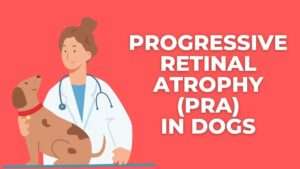





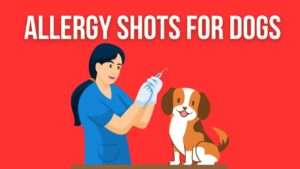






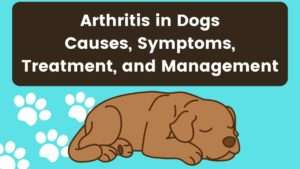

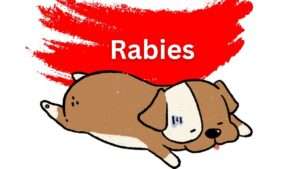
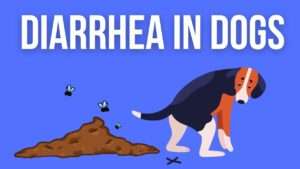

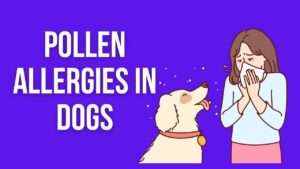
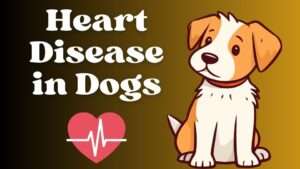
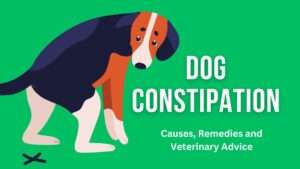
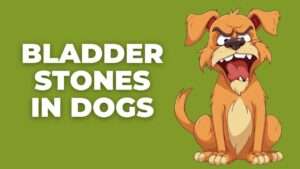
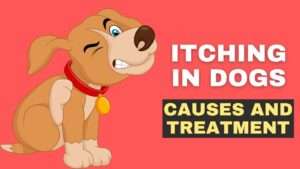

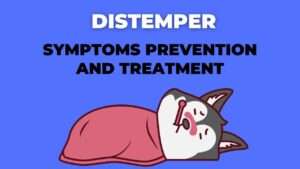







+ There are no comments
Add yours